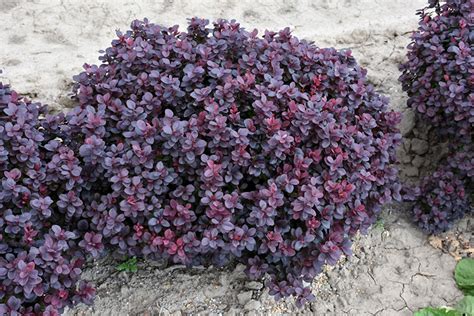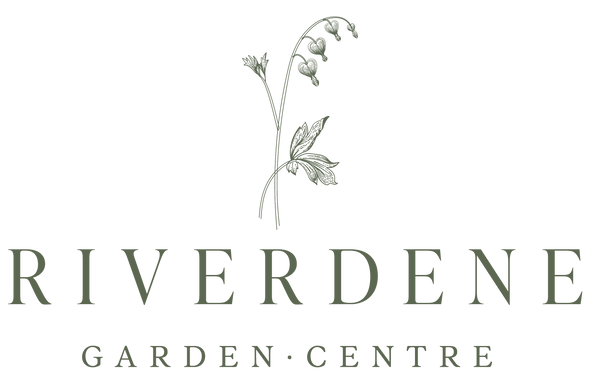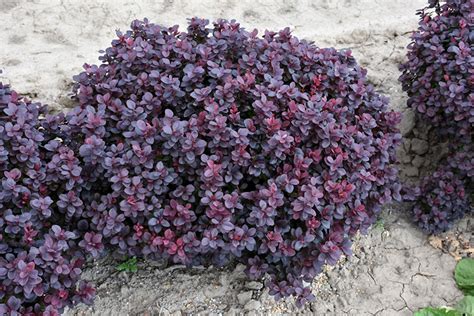1
/
of
1
Riverdene Garden Center
Concorde Barberry
Concorde Barberry
Regular price
$34.99 CAD
Regular price
Sale price
$34.99 CAD
Unit price
/
per
Couldn't load pickup availability
Berberis thunbergii 'Concorde'
Overview: Concorde Barberry is a compact, deciduous shrub renowned for its deep burgundy foliage that intensifies in color during the fall. Its small stature and vibrant leaves make it an excellent choice for borders, low hedges, or as an accent plant in gardens. Additionally, its thorny branches can serve as a natural deterrent, making it suitable for use as a barrier plant.
Planting & Growing Conditions
- Hardiness Zones: 4–8
- Mature Size: Approximately 18 inches in height and widthutopia.org
- Growth Rate: Slow to moderate
-
Sunlight Needs:
- Thrives in full sun, requiring at least 6 to 8 hours of direct sunlight daily for optimal foliage color greg.app
-
Soil Requirements:
- Prefers well-drained soil
- Tolerates a range of soil types, including clay, loam, and sandy soils
- Soil pH between 6.0 and 7.5 is ideal
- Spacing: Given its compact size, space plants approximately 18 inches apart to allow for proper air circulation and growth
Watering & Maintenance
-
Watering:
- After planting, water regularly to establish a deep, extensive root system
- Once established, Concorde Barberry is drought-tolerant and requires minimal watering
-
Mulching:
- Apply a 2–3 inch layer of mulch around the base to retain soil moisture and suppress weeds
- Ensure mulch is kept a few inches away from the stem to prevent rot
Fertilizing
- First Year: Generally, no fertilization is necessary during the first year
-
Established Plants:
- Apply a balanced, slow-release fertilizer in early spring to promote healthy growth
- Avoid excessive fertilization, as it can lead to overly vigorous growth that may require more frequent pruning
Pruning & Maintenance
- Pruning Time: Late winter to early spring, before new growth emerges
-
How to Prune:
- Remove dead, damaged, or diseased branches to maintain plant health
- Lightly trim to maintain desired shape and size
- For hedges, more frequent pruning may be necessary to maintain a formal appearance
Flowers, Foliage & Seasonal Interest
- Bloom Time: Late spring (May to June)
- Flower Color: Small, pale yellow flowers
-
Foliage:
- Deep burgundy leaves during the growing season
- Leaves become even more vivid in the fall
-
Berries:
- Bright red berries appear in the fall and can persist into winter
- Berries attract birds, adding wildlife interest to the garden
Pest & Disease Management
-
Pests: Generally pest-resistant; however, occasional issues with aphids or scale insects may occur
- Solution: Insecticidal soap or horticultural oil can be used if infestations are observed
- Diseases: Resistant to most common diseases; ensure proper spacing and air circulation to prevent potential fungal issues
Winter Protection
- Cold Hardiness: Concorde Barberry is hardy in zones 4–8 and generally does not require special winter protection
- Mulching: Applying mulch can help protect roots from extreme temperature fluctuations
Landscape Uses
- Borders and Edging: Ideal for creating defined borders or edging along pathways
- Hedges: Can be used to form low hedges or privacy screens
- Specimen Plant: Its vibrant foliage makes it a standout specimen plant in garden beds
- Wildlife Gardens: The berries attract birds, making it suitable for wildlife-friendly gardens
Additional Notes:
- Thorns: Concorde Barberry has thorny branches, which can deter unwanted animals but may require caution when planting near walkways or areas frequented by children and pets
- Invasiveness: Unlike some barberry species, Concorde Barberry does not produce viable seeds and thus will not reproduce and spread unchecked
Photo courtesy of Millcreek Nursery
Share


